A Page From North Quabbin History: Birch Hill and Tully Lake dams
| Published: 06-09-2023 4:14 PM |
By Carla Charter
The Millers River meanders through the Quabbin area. It is used for canoeing, kayaking and is at the heart of the Athol River Rat Race. Prior to the building of the Birch Hill and Tully dams, however, the river had a wilder side which often resulted in flooding and destruction.
On June 5, Zachery Koziol, project manager for the Army Corps of Engineers, Birch Hill Dam and Cole LaRose, park ranger of Tully Lake Dam discussed the history behind the creation of these dams at the Athol Public Library.
Storms which affected the area prior to the dams being built included November 1927, when a tropical storm which began in the Carribbean, traveled to the Northeast and landed in Chesapeake Bay, said Koziol. That storm then pushed into Western Mass and Vermont, bringing with it intense rains, he continued.
In March of 1936, heavy rain combining with a spring melt, caused flooding.
“It was very cold in January and February then there was an unseasonable thaw the second week in March,” said Koziol.
With fast-moving water, buildings were destroyed, including a corner of the Starrett’s building. Railroad bridges were also swept away and it was 10 days before railroad service was restored, according to the “History of Athol, Massachusetts,” by William Lord.
In September 1938, a hurricane struck the region. With hurricane-force winds, downed trees and torrential rains, the floods again destroyed homes and property. Lord’s history records showed that in Athol, the Baptist Church’s Spire crashed to the ground, roofs were ripped from their structures and Main Street became a river.
Article continues after...
Yesterday's Most Read Articles
 Orange man gets 12 to 14 years for child rape
Orange man gets 12 to 14 years for child rape
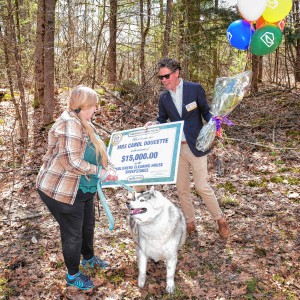 Carol Doucette of Royalston receives $15,000 from Publishers Clearing House
Carol Doucette of Royalston receives $15,000 from Publishers Clearing House
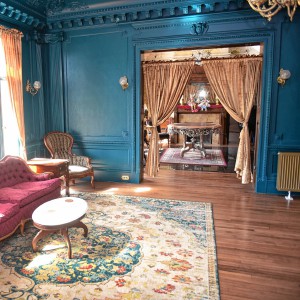 Wheeler Mansion in Orange to reopen as bed and breakfast
Wheeler Mansion in Orange to reopen as bed and breakfast
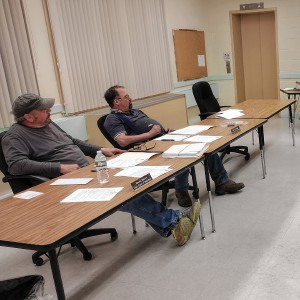 Phillipston board opens talks on new police chief
Phillipston board opens talks on new police chief
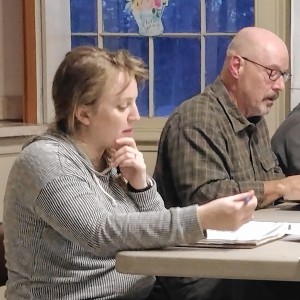 Royalston Selectboard mulls options for full-time police
Royalston Selectboard mulls options for full-time police
The Federal Flood Control Act passed in 1936, which assisted in addressing flooding in New England. In 1940, construction began on the Birch Hill Dam and was completed in 1942, costing $4 million dollars. The dam was built in a saddle of land between Birch Hill and Elliot Hill in South Royalston. During the construction a portion of the Millers River was re-routed, Koziol said.
The completed dam also included a Dam Tenders House. The Dam Tender, he explained, was hired to live on site and served as a sort of ‘Jack of All Trades.’ The Dam Tender lived on site until the late 1970s-early 1980s, according to Koziol. Tully Lake Dam was begun in 1947 and completed in 1949 and cost $1.9 million to build. It was first used as flood protection during the New Years Flood of 1949.
The Army Corps of Engineers trace back to the Revolutionary War when Colonel Richard Gridley, chief engineer of the Mass Volunteers, and his soldiers built fortifications in preparation for the Battle of Bunker Hill. In 1802 Congress established the Corps of Engineers the same year West Point was created. Many of the Corps’ engineers graduated from West Point, although the Army Corps of Engineers is not a military organization itself. In 1824, the General Survey Rivers and Waterways Act was passed by Congress, authorizing the president to create surveys waterways and roads of national importance. Again, the Corps was called on for this duty.
The June 5 talk was part of the Smithsonian’s Crossroad Exhibition in conjunction with Mass Humanities. More Information about the Birch Hill Dam can be found at https://www.nae.usace.army.mil/Missions/Recreation/Birch-Hill-Dam/.
More Information about Tully Lake Dam can be found at https://www.nae.usace.army.mil/Missions/Recreation/Tully-Lake/.
Upcoming programs at the Athol Public Library can be found at https://athol.librarycalendar.com/events/upcoming.
Carla Charter is a freelance writer from Phillipston. Her writing focuses on the history of the North Quabbin area. Contact her at cjfreelancewriter@earthlink.net.
]]>

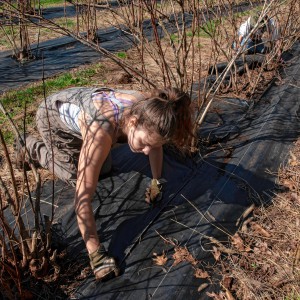 Regional farming alliance strengthens educational, networking opportunities for apprentices
Regional farming alliance strengthens educational, networking opportunities for apprentices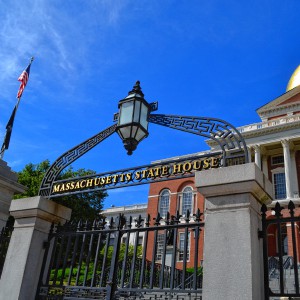 Shelter money fading, but ‘not at the end of the line’
Shelter money fading, but ‘not at the end of the line’ Nicole Gough seeks seat on Phillipston Selectboard
Nicole Gough seeks seat on Phillipston Selectboard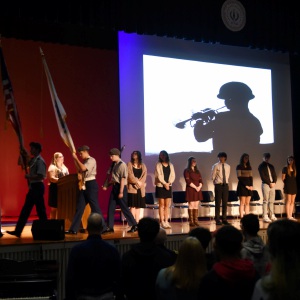 With eye toward teaching firearm safety, Mahar’s Junior ROTC adding air rifles
With eye toward teaching firearm safety, Mahar’s Junior ROTC adding air rifles